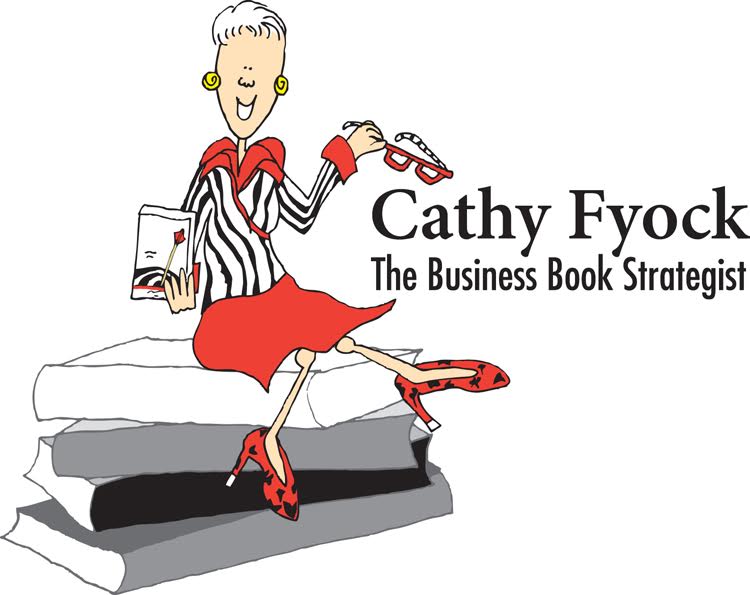Later on in the writing process, when you’ve got some sections finished, you might be concerned that there just isn’t enough stuff there. It’s a sensible feeling, really; you’ve been writing to no one in particular, and even though you do have enough knowledge and insight in your own head, not all of it will spill out. There might be enough veggies and meat in your fridge to make a goulash, but you may need to go out and find the right spices for it. Or if you’re trying to feed a big family, you may just need more of everything.
As you go back, edit, add and clarify details, and cite sources, you’ll use as much of your knowledge as you ever could. But in the meantime, one good way to plug holes, and to make progress generating content for the book, is to feed new meat to what already exists. In other words, you can build up, rather than out.
Consider the following expansions:
Conduct an interview. Do you know an expert who could add some credibility to your book by sharing his or her insights on the questions you ask? Is there someone whose work you have used at any length or someone who created positive change in your professional life? Keep your ears to the ground for people who might be good sources; around the office, other people might be able to help you find such people, or might even be able to serve as sources themselves, though perhaps only informally.
Find something quote-worthy. Even if it’s something people have heard before, it can be helpful to draw in someone else’s quotable insight to help make your point. You do have to use quotes carefully, though. Using a good quote in your work is somewhat like placing a lamp in your living room; you want it to illuminate but not draw attention to itself, so it’s usually best not to stick it right in the middle of everything. Quotes serve you best, we think, at the beginning and end of passages, so that they can either set the mood or seal the point. Putting a quote right in the middle of the point you’re making is distracting and it steals your thunder; all of the credit you deserve for the rest of the thinking suddenly seems attributable to that person.
Mold yourself a metaphor, simile, or analogy. If you’ve got something written, but it’s just not very “sticky”—that’s to say, it’s not very memorable, or it’s a little dry—find a way to compare it to something else, however random the connection might seem at first. If you can use a metaphor to show how two things are similar, and if you use concrete, sensory imagery that engages the conscious mind, a reader will remember both things: your metaphor and the point it serves to make.
This requires you to play with thoughts, to ask yourself what the idea feels like, and to consider how you might explain yourself to a child, to someone who could understand but starts out knowing nothing about your work. In fact, this is a good rule for explanations in general: if you couldn’t explain it to a child or to your grandmother, either you don’t know what you’re talking about, or you need to work on your explanation.
Extended metaphors and similes are even better if you can manage them. If you imagine trying to explain the whole chapter (or even the whole book!) at once, and you’re able to use a single extended metaphor or a set of related metaphors, please use them. Your book will be awesome, and when people read it, they will remember everything so much better. Besides, they will have enjoyed the book more.
Dig up some numbers. Left-brained readers will appreciate appeals to data and statistical information, and even for people who gloss them over, the book seems yet heavier if you have that sort of support. If you have graphs or small tables, that’s great (so long as they’re compatible with your vision for how the book should look and read). This does create some extra work—aside from the research, you have to contextualize and explain all of your data, rather than just throwing it on top—but it will be worth it for you.
Look through your older materials. Whether they are slideshow presentations, old articles, workbook pages, seminar exercises, or anything else, they might contain some insights that you had completely forgotten about. Leaf through all those resources, and on a sheet of paper, mark down all of the ideas you might want to revisit. Those ideas might cover different topics entirely, but good thoughts can come from strange places, and you never know when the piece you wrote ten years ago will be useful.
By adding muscle, and building up rather than simply out, you’ll wind up with something more credible, more authoritative, and perhaps also more interesting. The process of adding muscle will also give you options for how to go forward with your project, so that, even if you’re not writing the next chapter, you’re still creating valuable content.
This article is excerpted from On Your Mark: From First Word to First Draft in Six Weeks by Cathy Fyock and Kevin Williamson. For more information, visit the book’s website or order from Amazon.
